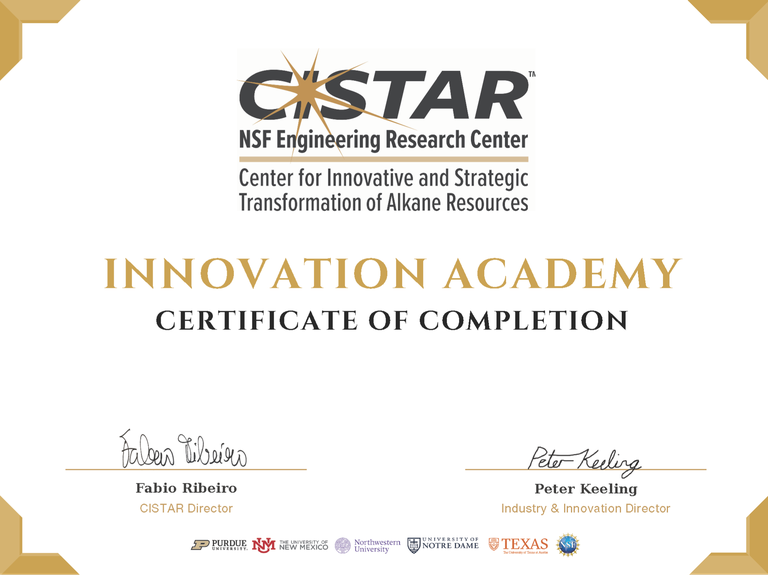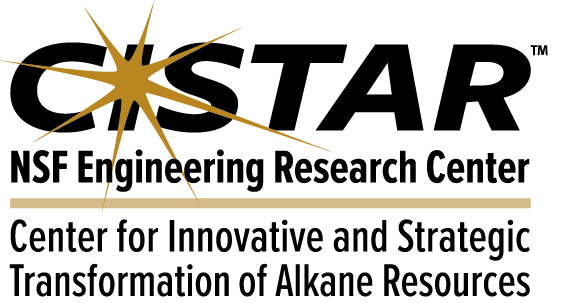Innovation Academy
The Academy is designed around the NSF iCorps program using the Business Model Canvas as a basis for stimulating a culture of innovation in CISTAR.
course overview
This course is a combination of business-led and technology-led entrepreneurship theory where students learn the process of assessing RISK (of technology failure) and RETURN (on investment). Students will explore:
- How to think of an idea with potential and turn it into an adventure with a proposition and a logo.
- How companies form and how to create a model to test your ideas.
- The concept of value proposition and what determines the minimum viable product.
- Principals such as customers, channels, key assets, resources, and partners.
- Commercial potential and risks involved with your adventure.
- Ways to get early-stage funding to turn your idea into a proposition.
At the end of the course, students will create and deliver an elevator-pitch presentation to the "Dragon's Den."
Course Goals
- Formulating an idea into a viable product and funding opportunity
- Identifying customers and customer needs
- Defining how the product might be manufactured and understanding how to create a profit
- Compiling insights into a value proposition designed to attract
Certification
The ideas presented are the cornerstones of the NSF iCorps and DOE Energy iCorps programs. All of this is required for early-stage funding of small businesses such as the SBIR and STTR programs. Participants who complete the Academy will receive a Certificate of Completion from CISTAR which can be added as a professional certification on LinkedIn.

Course Outline
- Getting started – What is your idea?
- Think of an idea
- Begin to structure
- What is an epiphany?
- Identifying Customers - Who is this for?
- For whom?
- How? with technology concept
- How? with IP
- Key Resources and partners?
- Key assets and activities?
- Assess with Techno-Commercial Analysis
- Defining Income and Expenses – Is there sufficient value?
- Finance from grants
- Fund with business development
- Proposition
- Your Value Proposition – How compelling is your idea?
- Propose with business model
- Build student presentation
- Pitch Presentation
Innovation Academy Resources
-
PURDUE university - https://krannert.purdue.edu/centers/nsf/
-
university of NEW MEXICO - http://loborainforest.com/icorps/
-
NORTHWESTERN University - https://www.invo.northwestern.edu/startup-resources/students.html
-
university of NOTRE DAME - https://ideacenter.nd.edu
-
University of Texas at AUSTIN - https://www.swicorps.org/tag/university-of-texas-at-austin/
Program Coordinator
 Peter Keeling
Peter Keeling
Industry & Innovation Director
Purdue University
pkeeling@purdue.edu






